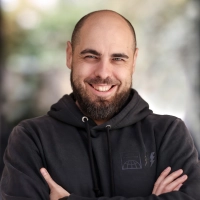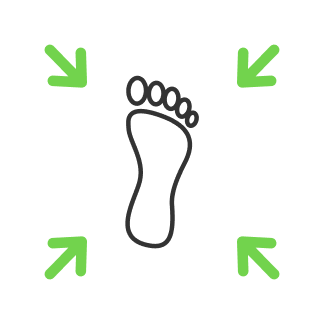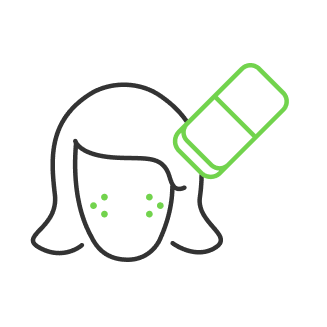How to set up a photo studio at home?
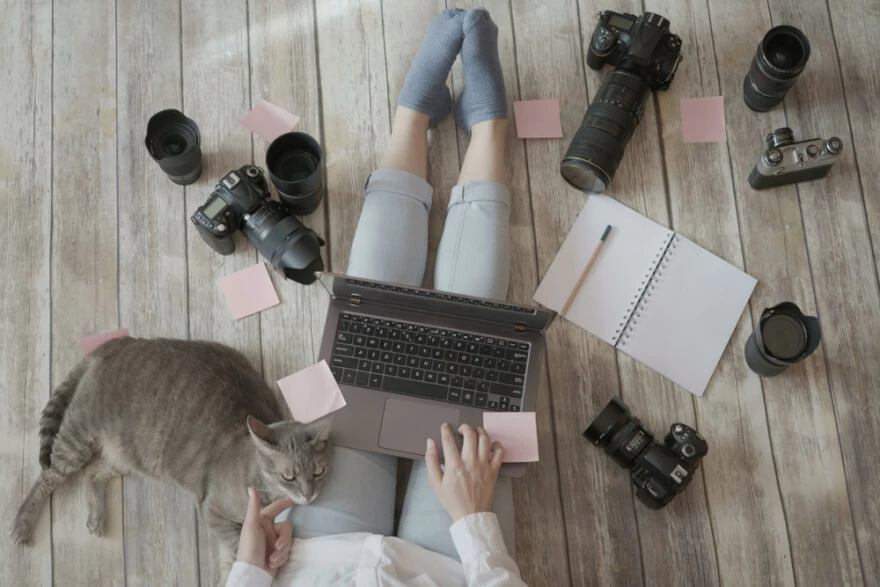
- What is a professional photo studio?
- How to make a photo studio at home with the right light?
- Set up home photo studio light circuits
- Try DIY photography studio at home
- Organize a comfortable multi-use location
- Create DIY home photo studio background reflector
- Plan synchronization software for a home photo studio setup
- Work with a quality background for a DIY home photography studio
- Buy colors and materials for decoration
- Prepare a kit for every mood of a client
- Tune in for a stylish studio
- Practice setting up a photo studio at home
- Consider the importance of entourage and costumes
- Get portable photo accessories
- Spend money wisely and try to realize your goals
- Learn simple must-do tips to capture great pics at home
- Use online tricks and styles
If someone asks what is the most important element of the photo industry, not everyone knows the right answer. It is easy to work without a photographer using a computer and setting a shooting program. You can also do without a camera, for example, using a smartphone and scanning, which is gaining popularity. So the main thing in photography is light. And in this regard, a photographer is very dependent on the weather, if focused on natural lighting. You can fully control the process only in a studio.

What is a professional photo studio?
Firstly, this is a sufficient amount of usable space (ceilings are better if high and with enough square meters to include all necessary equipment), suitable for photoshoots and the presence of a certain minimum of professional tools. What goes in there?
- Professional camera
- Tripod
- Lighting equipment
- Reflectors
- Background
- Additional props
- Thematic accessories
- Computer

How to make a photo studio at home with the right light?
Consider various types of light acceptable for shooting.
- Drawing light. The main light source is the one that designs the shape of a subject and emphasizes details. Brighter than the rest of other types.
- Filling light. Needed to soften hard shadows. Removes excessive contrast. Equipment needed: softbox and reflective panel.
- Backlight. Separates objects from the background, creates accents, emphasizes the texture. A hard light source should be located behind the model.
- Backdrop light. Works with background, creating various lighting effects. It allows simulating various effects of natural light.
- Directional light. Illuminates only surfaces that face the source, the rest of the elements are usually in shade. It shows the volume of the image well, but the shape is somewhat vague. It gives a glare effect and indicates pronounced light and shadow.

Set up home photo studio light circuits
Having asked the question “How to make a photo studio at home cheap?”, you need to study such an important question as types of light schemes. It is the control of light that makes a masterpiece out of photography.
A novice photographer needs to master basic schemes, after which it will be easy to learn how to work with other more complicated options (and increase opportunities).
Scheme 1. This implies the use of a single source and a white background.
We get clear transitions between light and shadow, that is, the maximum rigidity of a picture. The model stands close to background so that a dense short shadow is cast from the front light source.
Scheme 2. This scheme also implies the use of a single light source. Components: monoblock and white umbrella + black background wall. We get depth and expressiveness. This time the model is at some distance from the background.

Try DIY photography studio at home
As was already mentioned, the first and most important component of a studio is the space and there certainly isn’t much of it. If you have the luxury of having a separate room, great! Free it from furniture and everything that occupies space. More air, more light! After all, objects have a unique property of absorbing light. We understand that this is far from always possible. Therefore, compromise options are possible.

Organize a comfortable multi-use location
Control the light, regardless of the time of day or night. Natural light may also be needed, but you should be able to completely block natural light with a “light movement" of your hand.
Neither hot nor cold will benefit professional equipment. Yes, and a model wet from sweat or shaking from cold does not contribute to a successful photo product. Make sure to have it soundproof if you are going to take videos in addition to taking pictures. Softbox is a device put on a light source to receive soft light, without glare effects.
Make it yourself with a simple manual:
- Take a cardboard box, a halogen lamp, a piece of translucent fabric, wooden slats, clothespins, wire, a cutting device, a set of studs.
Components: frame. Adapt any cardboard box. One cover is cut off. The next item is the layer that reflects.
- Use white paper (or foil) and glue it carefully.
- Take a light and translucent fabric to create a reflective screen and seal it side without cover. Any softbox has a two-color cover: black on the outside and metallic color on the inside.
- The opposite side of a screen should have a hole to fix the light (a halogen type floodlight is suitable). Attach it using a wire. If there is a need for a large softbox, it can be made of racks and knitting needles of wire. The frame under the screen should be significantly wider.
- A cover is pulled onto the frame. Separately tighten walls with clothespins. For fastening softbox, you can use a microphone stand or a leg from a table lamp. To prevent excessive heating of equipment, turn it on only when you shoot.

Create DIY home photo studio background reflector
The function of a background reflector is a uniform illumination of backdrops. It provides hard light necessary for any shooting. The portrait plate is located in front of a subject. Thanks to it, the photographer receives soft concentrated light, complemented by diffused light. For this, you need a softbox with an umbrella. The lamp is placed directly behind it or used as a reflector (if white the cloth is placed inside). Today lightbox remains the most common attachment. Lightboxes are divided into octagonal (octobox), which are great for group shots and long rectangular (streepbox), which are suitable for portraits, and if you are going to shoot models in full growth.

Plan synchronization software for a home photo studio setup
Photography has another important component such as flash sync gear. There are three options:
- Infrared transmitter. This is a small box that is attached to a camera replacing the flash. Principle of work: there is a special “trap” in a monoblock, it is responsible for tracking impulses that, that tell the flash: “Time to work”. Among disadvantages: the beam should be within sight.
- Radio synchronizer. It will work from any point where the signal reaches. The principle is the same, but its basis is a radio wave.
- Sync cable. After synchronization, switch the camera to manual mode. Exposure is measured by a histogram or by a flash meter.

Work with a quality background for a DIY home photography studio
When organizing a compact place for a portfolio, much attention should be paid to backdrops, especially when it is portraited photography. The background should not be placed closer than one and a half meters from a model. It will save the photo from the appearance of shadows. Also the background should be brighter than the subject for 1-2 exposure units. Background material can be replaced with sheets of paper, however, joints of sheets may need to be masked in digital photo editors.

Buy colors and materials for decoration
To design a photo studio choose a neutral color scheme. As a rule, it consists of white and gray with rare splashes of black. This trio is very similar to the color concept of a loft, minimalism, and hi-tech. These directions are considered optimal for designing a photo studio. The flooring is chosen from the most durable materials. An ideal solution would be a bulk floor because it is an expensive but very reliable material that can withstand heavy loads. Tile is also suitable, but not simple ceramic, but porcelain (more durable). For wall decoration use textured plaster or regular paint. Do not spend much money on wallpapers or wall panels, which, with a large flow of people, will quickly lose respectable appearance. The ceiling is also plastered or covered with plasterboard tiles if the studio is located in a former workshop. Such a solution is very convenient since tiles can be removed and holders for additional equipment attached to the frame. Brick walls painted in different shades are not only an integral attribute of a loft but also a luxurious backdrop, that is, natural background with a special texture.

Prepare a kit for every mood of a client
Canvases come in different colors and textures. Before shooting, a piece of the desired length is cut, installed behind the model, and then discarded. Fabric backgrounds are considered reusable, if necessary they are twisted into a compact roller that you can carry with you. In large photo studios, there are areas where families, young couples, children, girls, and boys are shot on an ongoing basis. Interiors can be permanent or temporary. The first includes a romantic, stylish, elegant setting. Temporary interiors include seasonal and festive mood. Consider each type in more detail. Romantic does not require a lot of details, just a couple of carefully selected elements to help create the “right” mood. Romantic interiors are attractive: they are easy to “assemble” and just as easy to dismantle. For example, for an easy and budget Provence-style composition, an elegant wooden table with a carving painted in white is selected. A miniature casket with inlay, a porcelain vase with a pair of live lilies or magnificent asters, a candlestick on a thin twisted leg is placed on a countertop. Complete composition with two translucent curtains for windows, which will play the role of a weightless frame of an artistic portrait.

Tune in for a stylish studio
Turn on manual shooting mode on a camera, guided by a picture on a camera screen and histogram, to achieve a normal exposure. Make sure the shutter speed you shoot is not shorter than sync speed, which is usually 1/250 second. Now everything is ready for shooting. Create comfortable conditions for a model so that she remains relaxed, even if you may be excited before the upcoming work. Try organizing a stylish atmosphere to match the demands of clients. Stylish interiors include absolutely any design that was created according to basic rules of a particular direction. Popular locations include loft, art nouveau, provence, high tech, and minimalism. For example, use a textured wall with old brown brickwork, which is illuminated with bare lights on the wire. A luxurious, comfortable black leather sofa is placed against its background. Nearby put a lamp on a long leg with a metal shade. The wall is additionally decorated with signs and inscriptions. Loft is easy to implement in old rooms. This style does not even need additional decoration. The key highlight of a loft is luxurious furniture located in abandoned shops of former factories.

Practice setting up a photo studio at home
In different shooting situations and with different models, a different distribution of highlights and shadows would be appropriate. A huge advantage of digital technology is that you can experiment and, at the same time, download test results on a screen of a camera. Days, when each frame should be counted with the utmost care and costly film is taken care of, are gone. Experiment with speedlight for clients of different ages and styles. Create a luxury style, which is known for its elegant wall, floor, and sophisticated ceiling designs. There should be always elegant stained glass windows decorated in mosaic techniques, painting, an abundance of decorative elements from wood, expensive fabrics, and forged details.

Consider the importance of entourage and costumes
Often people don’t think about crazy and at first glance completely unnecessary accessories and other junk. Creating a portrait for most people is an insanely boring process, so using costumes to dress up and anything that can turn shooting into a fun and enjoyable pastime and cheer models can be very relevant. So it will be useful to keep all sorts of nonsense such as stupid sunglasses, wigs, jewelry, toys, and other items, which will cheer up the most boring customers - from business clerks to children, causing a smile, good mood, and relaxed feeling. The main thing is to make a person relax. A picture of a person with a happy face is easier to include the necessary entourage of a DIY studio. Seasonal topics are related to various seasons and help to create a good atmosphere. Find a large number of artificial flowers that qualitatively imitate living ones. Bouquets can be made independently. Place in vases, baskets and even glasses to make feeling of spring around. The color scheme is kept in pink, lilac or yellow tones with "spots" of greenery. Winter studio has a color palette that consists of white, blue, cyan, green, and brown. It is desirable to add "eco-elements" a wall made of wood saw cuts, compositions of branches instead of flowers, moss, real stumps. Homeliness will be presented to pictures by a fireplace and a live fire.

Get portable photo accessories
Do not forget about the specific and often necessary equipment for a studio. It may be a refrigerator and a plasma TV or laptop, but first of all, think about the most necessary. For example, you need a tripod or even two. You may need remotes or cables to remotely control the camera. If you use flash units, think about wireless controllers. Do not forget that a small step-ladder can be very useful to choose a specific angle or to hang a backdrop. And also a mirror, for those who at the last moment before shooting decide to check the look. For festive studios more decoration is necessary. Christmas tree, a decorative fireplace with firewood, garlands of rain, beads, and home-made snowflakes are needed. Coniferous wreaths with tiny gifts in shiny wrappers and bells look luxurious. A cozy armchair is placed near the fireplace, with a plaid hanging from its arm. Complement the composition with a large knitted puff.

Spend money wisely and try to realize your goals
The creation of a home studio can cost much money, some of which you will spend on expensive, but not needed, or rarely used things. Therefore, always carefully think about what will be useful and what will not. Perhaps for specific purposes, an inexpensive constant light is also suitable, so there is no need to invest in pulsed light, etc. Do not be afraid to learn and experiment. Shoot more, try new approaches and you will understand what you need most. Remember, a home studio is only a first step to “get own style”, to understand the basic principles of working in a studio. And then you will either begin to improve your studio or find a suitable professional one.

Learn simple must-do tips to capture great pics at home
Everyone wants to create good photos at home, regardless of skill level. It happens that there is no time, place, or need to create a professional photo studio. In the end, if you occasionally photograph your loved ones at home, then you do not need to create a studio for this, but you want pictures to be attractive and high-quality, which will not require much editing. To create beautiful photos at home, it is not necessary to have special equipment or to create some kind of supernatural conditions. Just know a few tricks and be able to imagine the result.
- Use a curtain or plaid as a background. Taking pictures at home, you can use blackout curtains as a background. It doesn’t matter what color they are, whether there is a pattern or not. Curtain creates a uniform attractive background and does not distract from small details of the background. It is better to hang them on the door or fix them on a wall. It is not recommended to shoot in front of window curtains, as photos may turn out to be dark. If there is no curtain, then you can use the usual rug, which should be fixed on an armchair or sofa, down on the floor, it is worth equipping a convenient place for photographing. It is desirable to take pictures with a flash and have a homemade or real reflector with you. In the end, to reflect the light, you can use an ordinary white sheet of paper;
- Blanket. When photographing newborns or young children at home, a blanket can greatly help to create a cozy home atmosphere and will serve as an excellent background for the first portraits of a baby. When shooting young children, pillows and blankets, soft textured towels and sheets will help. The main thing is that the child would be comfortable and warm there;
- Small seamless background. For photographing small objects, pets and children, you can use a seamless paper background. Such a background, when shooting with good light, will give your photos a professional, high-quality look. The advantage of such a background is compactness and portability, you can always remove it and transfer it to another place.

Use online tricks and styles
Practice more and read works on photography, production of light. Experiment with halogen lamps, placement of shooting elements, etc. Sooner or later, there will be feedback from invested efforts and money, and you will gratefully recall the day when you decided on the first step in this matter. A creative approach to staging light in a photo studio will allow you to shoot excellent studio portraits, so the value of high-quality studio can hardly be overestimated, but the DIY option is a great step for a future professional.
He started his career as a professional photo designer and retoucher. Professional commercial photographer with 20 years of experience. He is a leading advertising photographer and has worked as a food photographer with Michelin-starred chefs. His work with models can be seen on the calendars of many leading companies in Ukraine. He was the owner of the photo studio and photo school "Happy Duck".
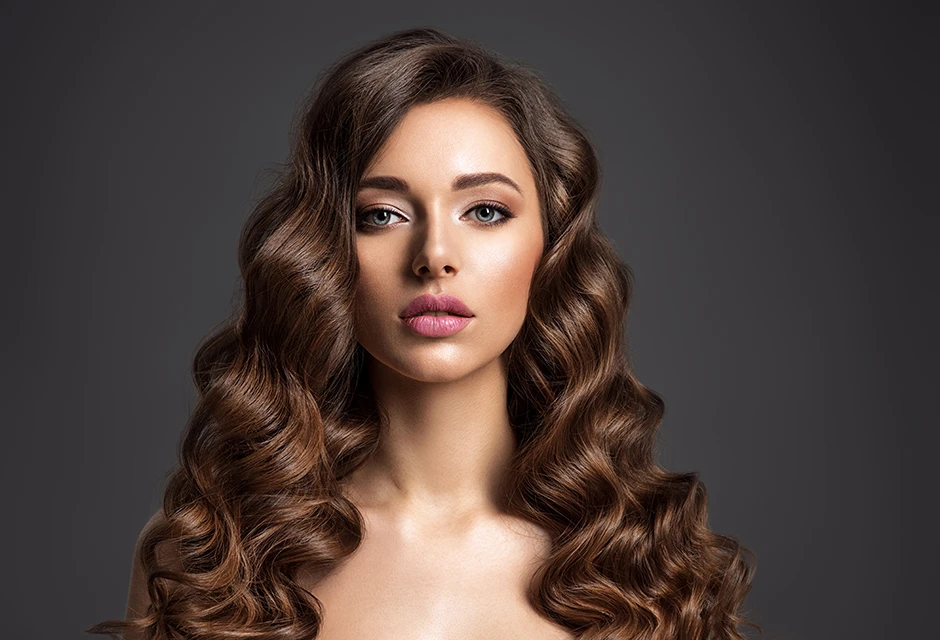
with RetouchMe


